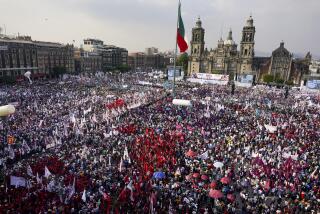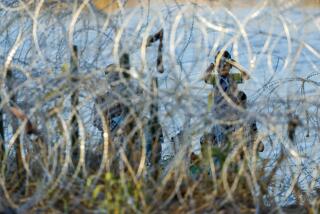As criticism mounts, Mexican government rejects more aggressive fight against coronavirus
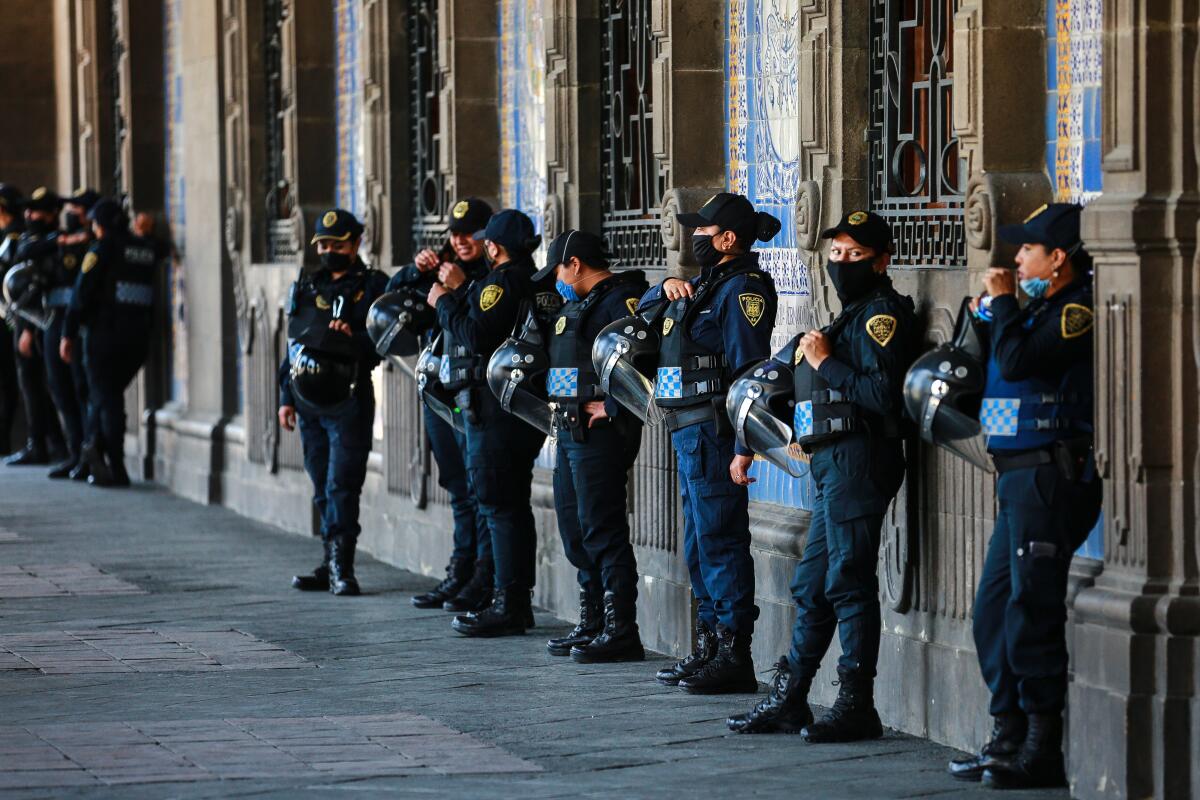
MEXICO CITY — Resisting calls to amp up the fight against the coronavirus, Mexican President Andrés Manuel López Obrador and his top aides continued to defend a strategy they say balances public health needs with potential damage to the country’s faltering economy.
“We don’t want to have a cure that is costlier in social terms than the actual illness,” Hugo López-Gatell, the country’s sub-secretary of health, told reporters Thursday. “We have said many times that there are some measures that don’t have a technical basis, such as closing borders and airports.”
Mexico has taken some measures, such as extending schools’ Holy Week break, urging people to work from home and encouraging social distancing — widely disseminating a cartoon character called Susana Distancia, which means “your safe distance.”
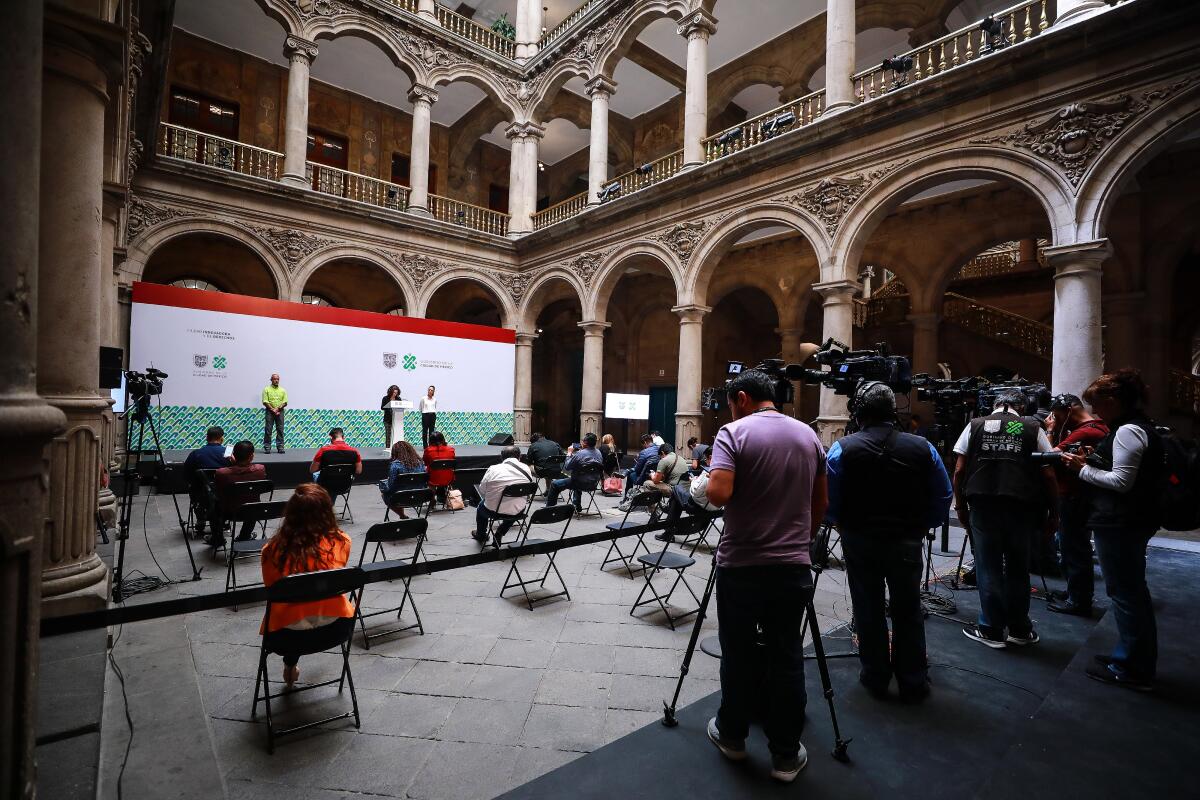
Some states and cities have mandated additional measures. Mexico City has ordered bars, gyms, churches and museums closed, and banned gatherings of more than 50 people, but restaurants and other shops remain open and some street life continues.
López Obrador has been hesitant to impose stay-at-home orders, curfews or other more severe restrictions. He has called on Mexican families to monitor the health of elderly loved ones.
The president’s restrained approach has earned him blistering criticism from independent public health experts and an accusation Thursday from New York-based Human Rights Watch that he is “putting the people of Mexico in grave danger.”
“President López Obrador’s behavior in the face of the COVID-19 crisis is a profoundly dangerous example that threatens Mexicans’ health,” said José Miguel Vivanco, Americas director at Human Rights Watch, who has been a frequent critic of the Mexican president.
As of Thursday night, Mexico had confirmed at least 585 coronavirus infections and eight deaths. Those figures are lower than in Brazil and Chile, but experts suspect they are incomplete.
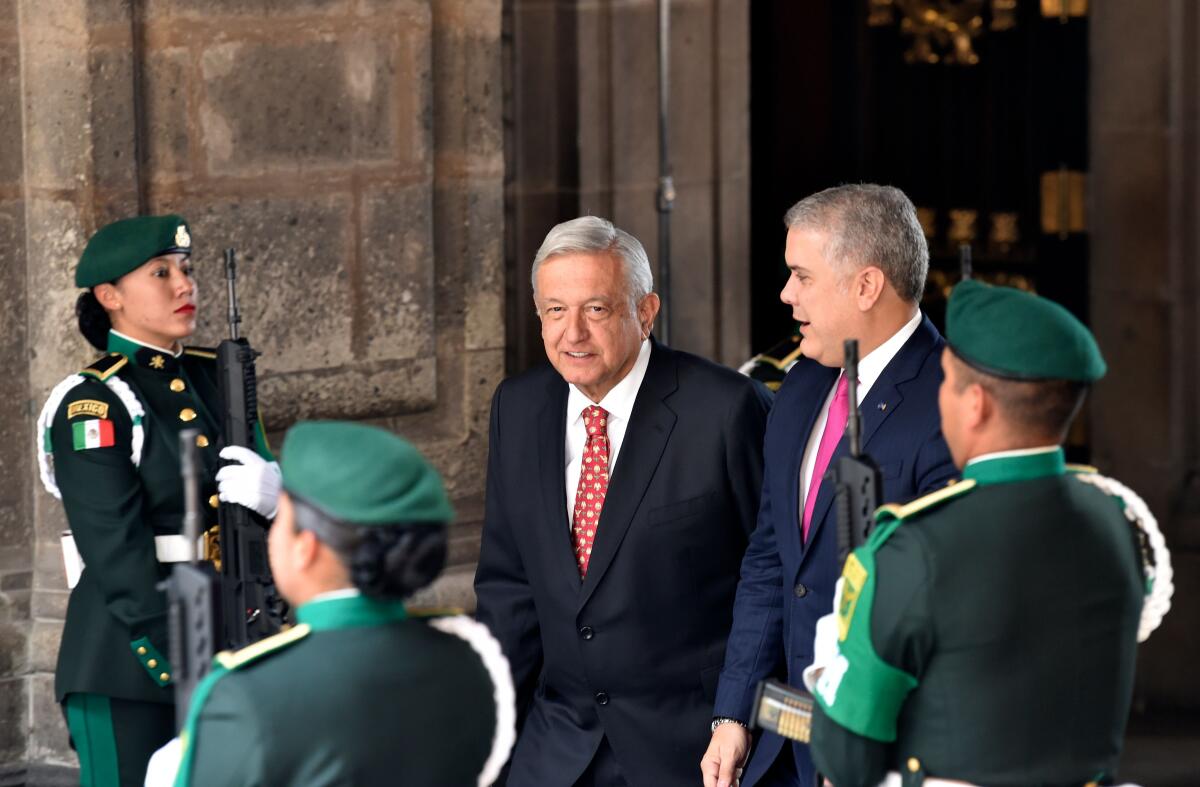
“We’re seeing a sample of patients who have symptoms and have shown up in hospitals,” said Eduardo González-Pier, a former public health official who now works in the private sector. “We don’t have a clear picture of the population that has been exposed and has not presented symptoms. ... Nobody really knows how many cases are out there.”
Based on how the virus spread in China, Mexican health officials estimated last week that as many as 250,656 Mexicans could contract it, with 10,528 requiring intensive care in the hospital. They did not release estimates of how many of those would die.
Government officials say that they are prepared to impose more drastic measures if needed, but that they will do everything necessary to avoid increasing the economic stress on the poor. About half the Mexican population has no savings, said López-Gatell, the government’s point person on the crisis.
“One cannot severely restrict social and economic activity,” he said. “It would cause a possibly irreparable damage for a great quantity of families who live day-to-day, small merchants, independent professionals, small businesses, domestic workers — for instance, street vendors.”
Despite intense criticism from independent medical professionals, many Mexicans support the government’s current approach, hoping to avoid a repeat of 2009, when the swine flu outbreak prompted a weeklong shutdown of the capital, severely disrupting economic and social activity.
“If I don’t work, I can’t bring money home to feed my kids,” said Martín Salgado, 34, a father of two who works at a parking lot in downtown Mexico City. “I get it — don’t shake hands, keep a personal distance, wear a mask — but there’s no need to shut everything down. How would we survive?”
In central Mexico City, few residents were wearing masks on a recent afternoon and most shops were open, though traffic was much lighter than usual. The city’s metro system, which normally has 6.3 million daily passengers, saw fewer than half that number on Wednesday, authorities said.
Even before López Obrador took office in December 2018, Mexico’s public health system was strained. The president has has slashed hospital budgets and canceled contracts with drug companies as part of his broader anti-corruption crusade.
A major question is whether Mexico’s infection and death rate will follow the trend lines of a place like Taiwan, which has maintained relatively low numbers of COVID-19 cases, or countries such as Spain or Italy, where hospitals have been overwhelmed with patients and deaths have skyrocketed.
“We have a government that seems to have no idea of the size of the problem,” said Luis Miguel González, editorial director of El Economista newspaper. “And they don’t have a toolkit that is appropriate for this situation.”
A demographic point in Mexico’s favor is that it has a much younger population than Spain or Italy. Yet it also has high levels of chronic disease, including diabetes, which contribute to higher death rates. A whopping 16% of Mexicans have diabetes.
Mexico’s economy is already staggering, posting near-flat growth in 2019. López Obrador has made it clear that he would favor a rescue plan that gave direct handouts to low-income people and other vulnerable populations, including the elderly, disabled and students.
“No bailouts in the style of the neoliberal period, when they gave to banks and large companies,” López Obrador, Mexico’s first avowedly leftist president in a generation, said at a news conference this week. “Who do we have to rescue? The poor, for the good of all, first the poor.”
Cecilia Sánchez in the Mexico City bureau contributed to this report.
More to Read
Sign up for Essential California
The most important California stories and recommendations in your inbox every morning.
You may occasionally receive promotional content from the Los Angeles Times.

